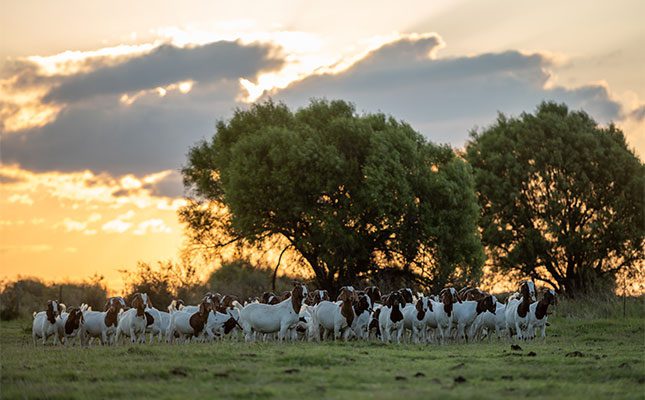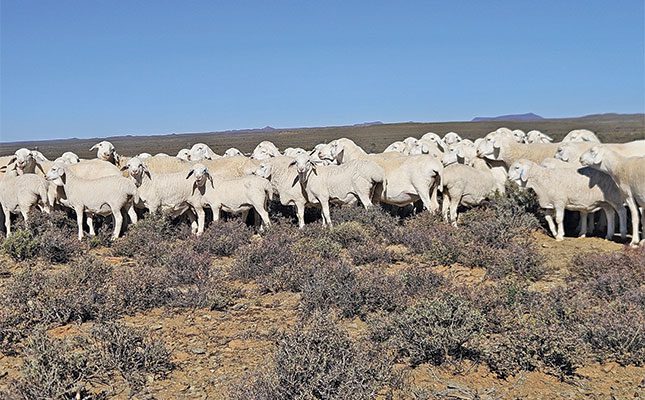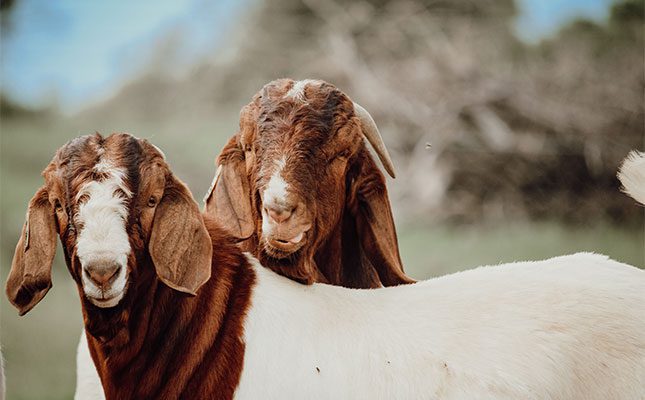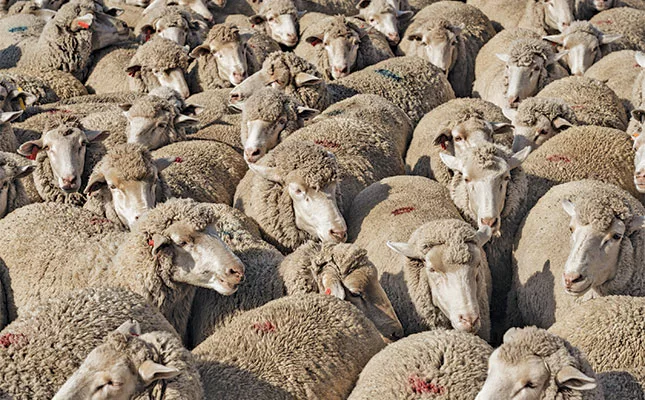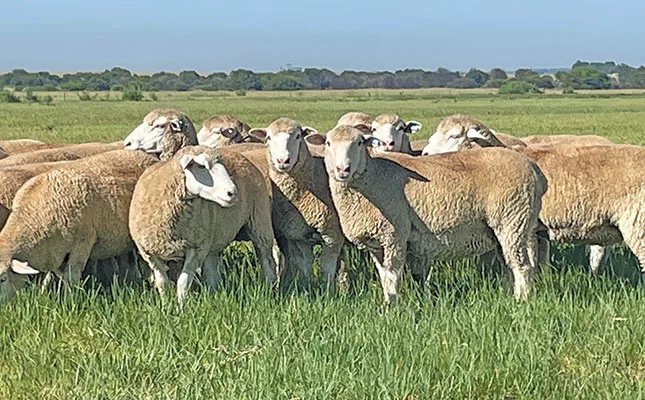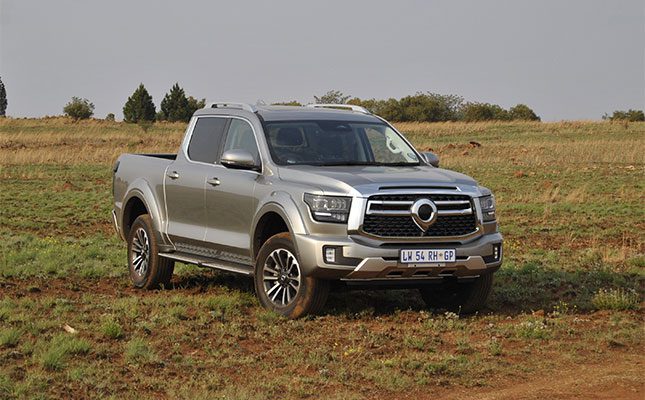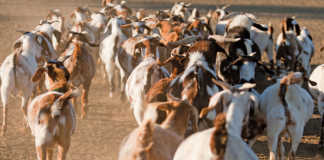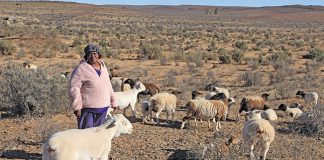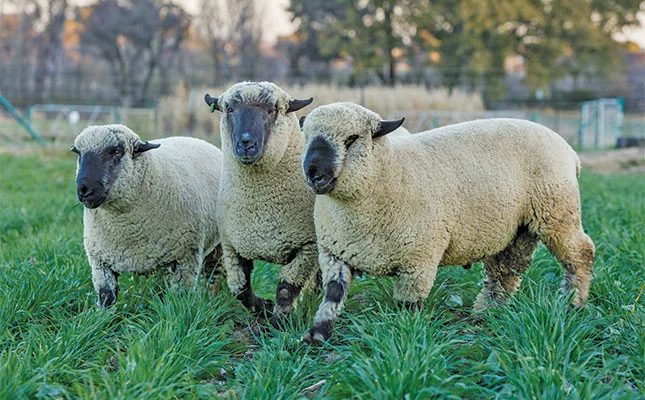
Photo: Supplied
The Hampshire or Hampshire Down originated around 1829 in the rich agricultural county of Hampshire, in southern England.
A Hampshire farmer, John Twynam, crossed his then Hampshire flock with the Berkshire Knot and the Wiltshire Horn, which produced the first recognised Hampshire Downs in the UK.
Hennie Jonker’s Zorro Hampshire Down stud is farmed intensively on 6,6ha near Kroonstad in the Free State. The farm accommodates 700 sheep. Four hundred sheep form part of the Zorro feedlot while the stud concern consists of 300 animals, including 220 SP ewes and 25 rams.
The land is divided into 22 camps of planted pasture, each with its own watering point, and the pastures are irrigated from the Bloemhoek outflow from the Vals River.
First Hampshires
The first Hampshires were imported to South Africa in 1942. Incidentally, the breed has been featured at the Royal Show in Pietermaritzburg for the past 55 years.
Jonker ascribes the breed’s development in South Africa to one of the most prominent Hampshire stud breeders, Russell Shorten from Aliwal North, owner of the Rusda Hampshire Down stud.
“It would be amiss of me not to honour him for his continued dedication to the breed. He was over many years the mainstay of the Hampshire breed in the country. To have him as a mentor is a privilege,” says Jonker.
He was introduced to the breed about 20 years ago when he and his brother ran a feedlot concern near Bethlehem in the Free State.
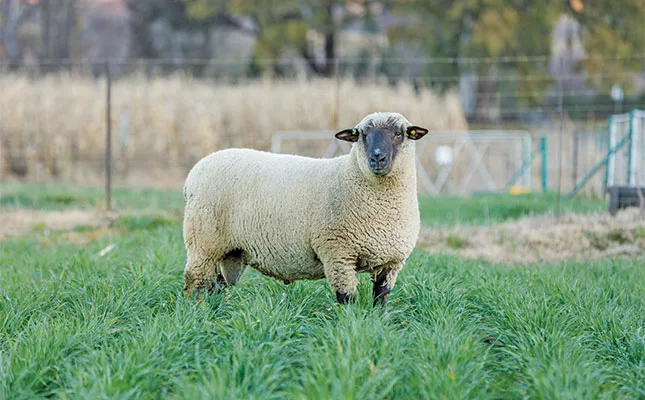
“Back then, the breed’s economic value and outstanding characteristics impressed me to no end. I was awestruck by the Hampshire’s outstanding growth, resilience, and excellent meat quality,” says Jonker.
The Zorro stud, as far as numbers are concerned, is the biggest of the 21 current Hampshire studs in South Africa.
According to Jonker, there are many reasons why he selected the breed. Hampshires are outstanding lambers, with lambing problems being virtually unknown, and boast remarkably early maturity.
Longevity and hardiness
Hampshire Downs have a longer lifespan; rams remain vigorous up to the age of 12 to 13 years, while ewes remain in production for between eight and 10 years, but ewes remaining productive until the age of 12 to 13 years is not uncommon.
The breed’s adaptability is underpinned by the fact that Hampshires are farmed under a wide variety of conditions in South Africa and in areas like Bethlehem, Aliwal North and Barkley East.
The lambs are black and by the age of three months they start changing to white, except the face, feet and ears, which remain black.
The black pigmented legs and hooves largely reduce foot rot and other similar diseases. The legs are strong, resulting in the breed’s exceptional walking ability and capability to graze in relatively inaccessible areas.
The breed’s resistance is extraordinary, with diseases such as wireworm being virtually unknown. The Zorro sheep are inoculated against bluetongue at between six and nine months.
Terminal sires
The breed has been developed to provide terminal sires for commercial flocks. Hampshire Down-sired lambs are early maturing quality slaughter lambs.
The Hampshire is a large, open-faced and active sheep with an even temperament. Mature rams weigh about 100kg to 125kg or more, while mature breeding ewes weigh between 70kg and 100kg or more,” explains Jonker, who also serves as the president of the Hampshire Down Breeders’ Association of South Africa.
The ideal Hampshire Down has a body that is level, with a strong top. The back should be uniform, strong and well muscled. Jonker emphasises the fact that the body should be covered with muscle and not fat.
According to him, the breed is known for superior meat quality with subtle marbling that gives it a delicate flavour.
He adds: “Hampshire meat’s marbling makes it the ‘Wagyu of the sheep world’ as it compares very favourably to the renowned highly marbled Wagyu beef.”
Jonker and his wife Liza-mari are passionate about maintaining a farm that is as environmentally friendly as possible.
The pastures are planted to a variety of cover crops with the bare minimum of chemical fertilisers.
Hampshire Down wool has no kemp and is used by Jonker as a natural fertiliser, largely due to its high protein content.
The sheep are generally sheared twice annually and the entire fleece is ploughed into the fields.
He says unwashed raw wool contains various macronutrients such as nitrogen and potassium, as well as sulphur, phosphate and magnesium.
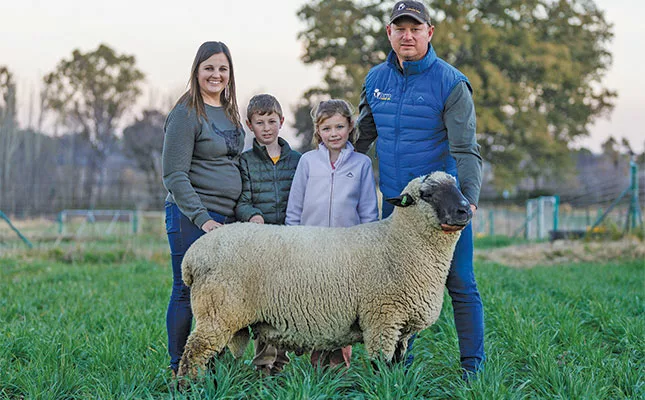
Wool as fertiliser
A large part of sheep’s wool consists of keratin. Keratin is broken down in the soil, adding to biodiversity. The wool activates soil life, helps with water retention and aerates the soil.
Liza-mari runs an egg production business, and the chicken litter as well as compost from the feedlot are used on the pastures.
“We are dedicated to the preservation and continued improvement of our land and the environment as a whole. It makes financial sense to make use of the resources that are readily available to us,” explains Jonker.
He makes extensive use of breeding technology in partnership with Ramsem and local veterinarian Dr De Waal Hauptfleisch.
Only about one third of the stud is naturally mated.
According to him, although the use of technology pushes up breeding costs and requires intensive and detailed management, the return on investment thereof is high.
Technology boosts optimum production and, given the current economic realities of farming, forms the bedrock of sustainability and profitability.
“The Hampshire Down is an early-maturing breed, with rams coming into production as early as 10 to 11 months. However, it is preferable to only start using the rams at the
two-tooth stage,” says Jonker.
“The rams are characterised by exceptional fertility and a high sex drive. Regardless of which season it is, they are able to breed with a large number (between 30 and 40) of ewes, resulting in a high percentage of multiple births.
“Over and above lambing ease, the Hampshire Down mothers are known for multiple births and impressive mothering ability. The ewes have enough milk to comfortably raise multiple siblings.
“A Zorro ewe is expected to produce 100% or more of her body weight in 120 days. It is not uncommon for a Hampshire ewe to produce 90kg and more of lambs in 100 days.”
Carcass competition
The Zorro stud maintains a lambing weight of between 3kg and 5kg. The lambs are weaned at between 56 and 60 days at an average weight of 28kg to 35kg.
During the Tau carcass competition held on 2 September in Parys, Jonker took the laurels in the category for the group of four slaughter lambs as well as the prize for the champion and reserve champion carcass. He also won the category for the group of four carcasses.
The Zorro entries were, on average, four months old. The champion carcasses weighed in at 25kg while the reserve carcass weighed 22kg. The Zorro entries showed a feed conversion rate of 489g/day on Voermol’s SS200 feed mixture.
Jonker walked away with the highest slaughter carcass on auction, valued at R30 000.
He also won Lamb Champs Parys and will have to defend his title at Nampo ALFA between 13 and 16 October in Bothaville.
“This underscores the Hampshires’ extraordinary growth and feed conversion rate.
“The breed is also well suited for crossbreeding with the Dohne Merino, Mutton Merino and Merino,” Jonker concludes.
For more information email Hennie Jonker at [email protected].

